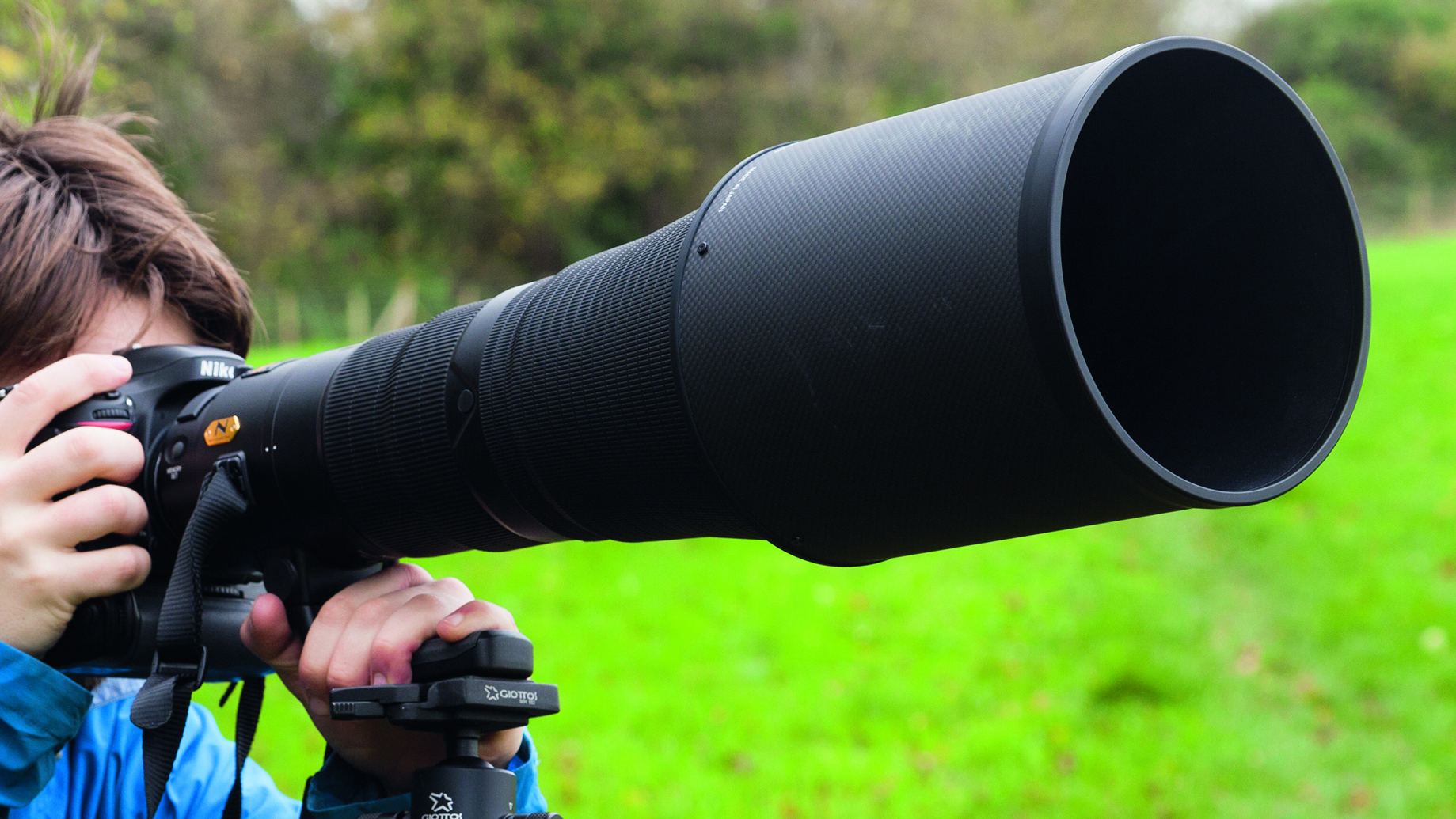What is an APS-C camera? Why this camera spec is a sweet spot for price and quality
APS-C cameras from the Fujifilm X100VI to the Canon EOS R100 still have a lot to offer
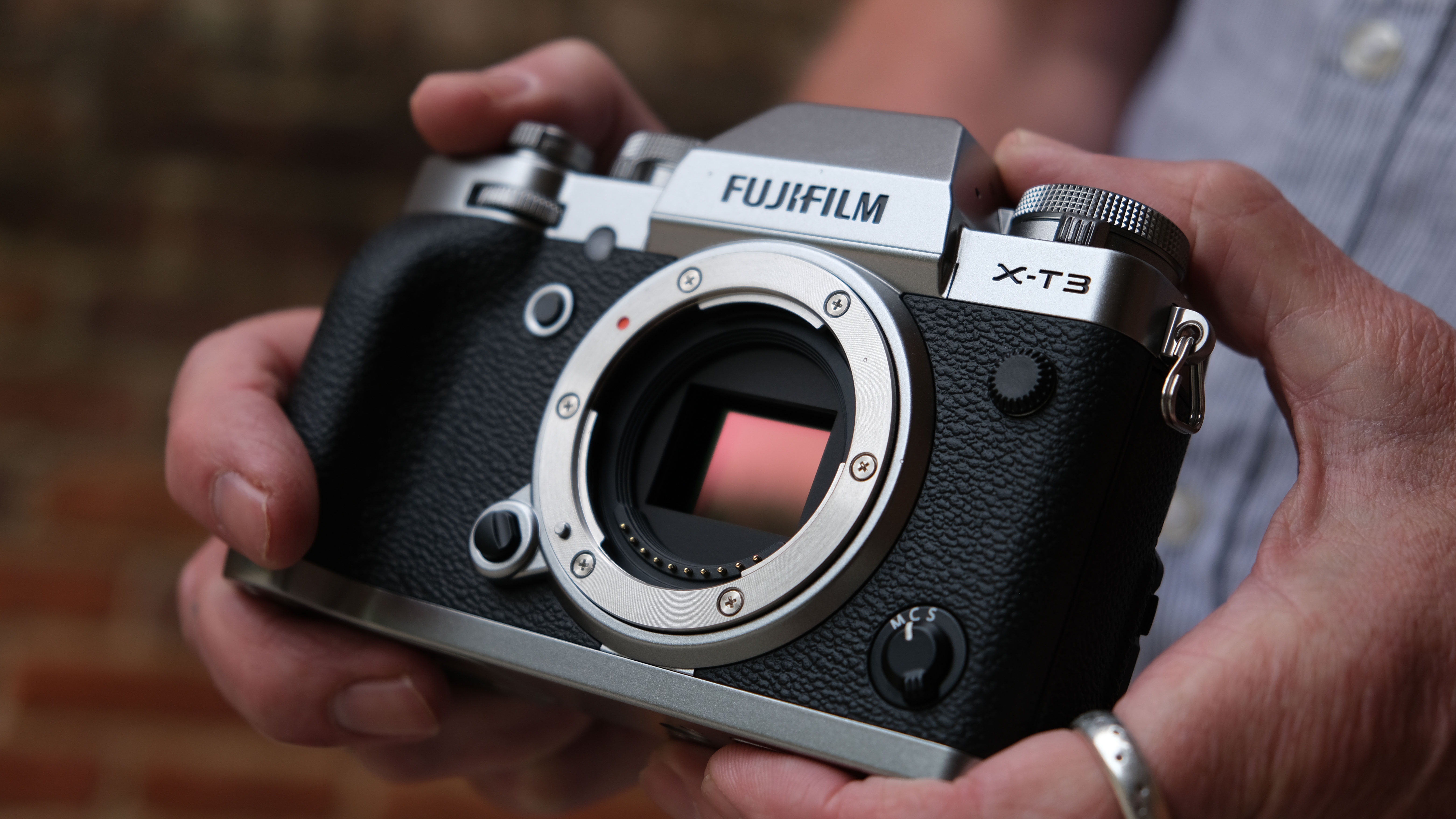
Most camera shoppers look at specifications like megapixels, but there’s a feature that can often be even more important: the type of camera sensor. A popular option is APS-C, a sensor size that balances image quality with price. But, to the novice photographer, that camera spec looks like a confusing alphabet soup that inevitably begs the question, what is an APS-C camera?
An APS-C camera is a digital camera that uses a sensor that’s smaller than a full-frame sensor but larger than Micro Four Thirds. This mid-size sensor is the Goldilocks of camera sensors – not too small, but not too expensive either.
The term, which stands for Advanced Photo System Type C, originates from photography’s film era but today is more often used to describe a class of digital cameras. The exact size of the APS-C sensor varies slightly by manufacturer but measures roughly 23mm by 15mm.
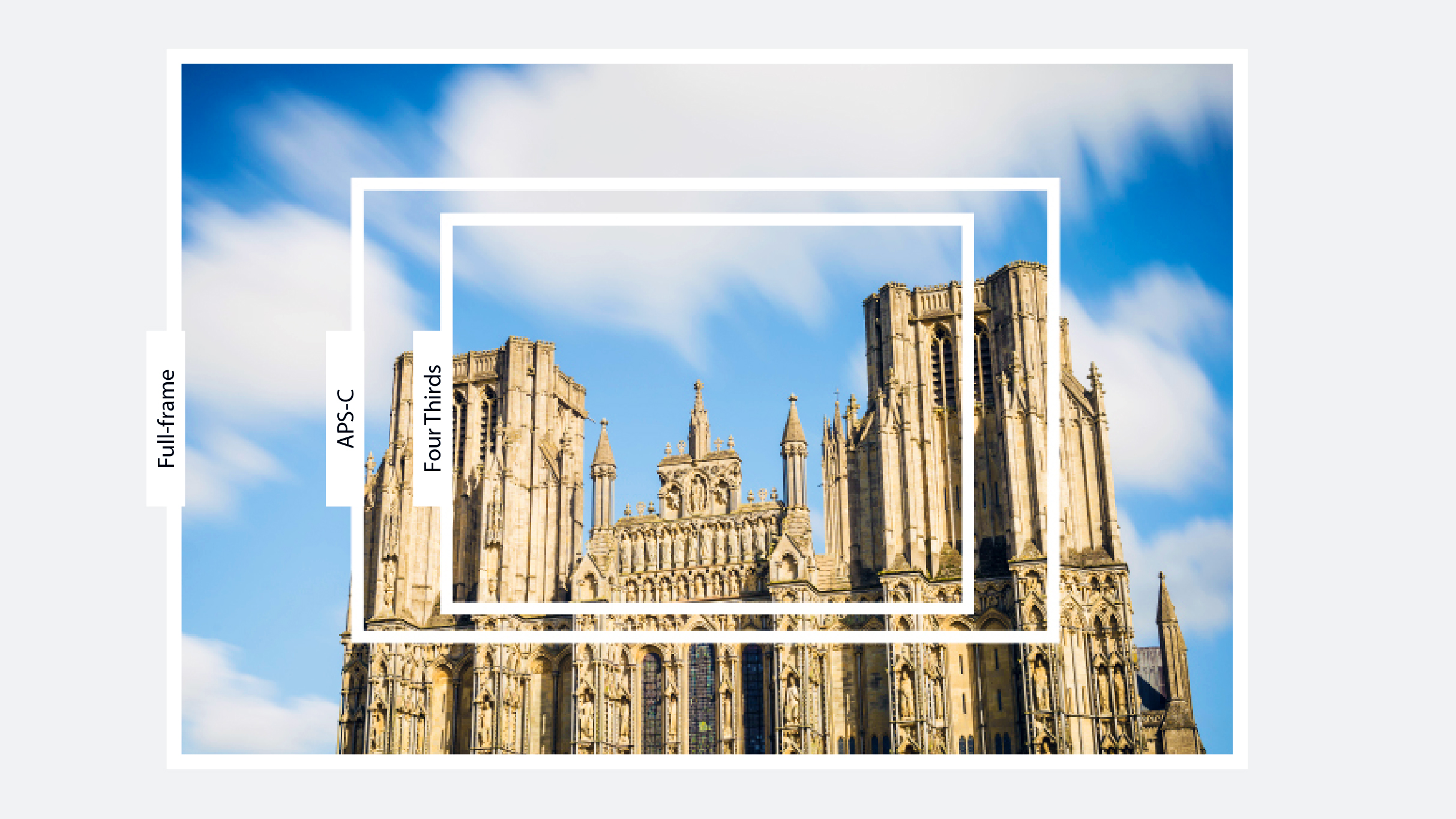
That’s about 1.5 times smaller than a full-frame sensor. Full frame sensors are considered the standard for professional cameras.
Because APS-C cameras have sensors that are slightly smaller than full frame, the lenses appear to be cropped. Compared to the larger full frame, an APS-C sensor crops off the edges, which is why APS-C cameras are also referred to as crop sensor cameras.
Why is APS-C better than full frame?
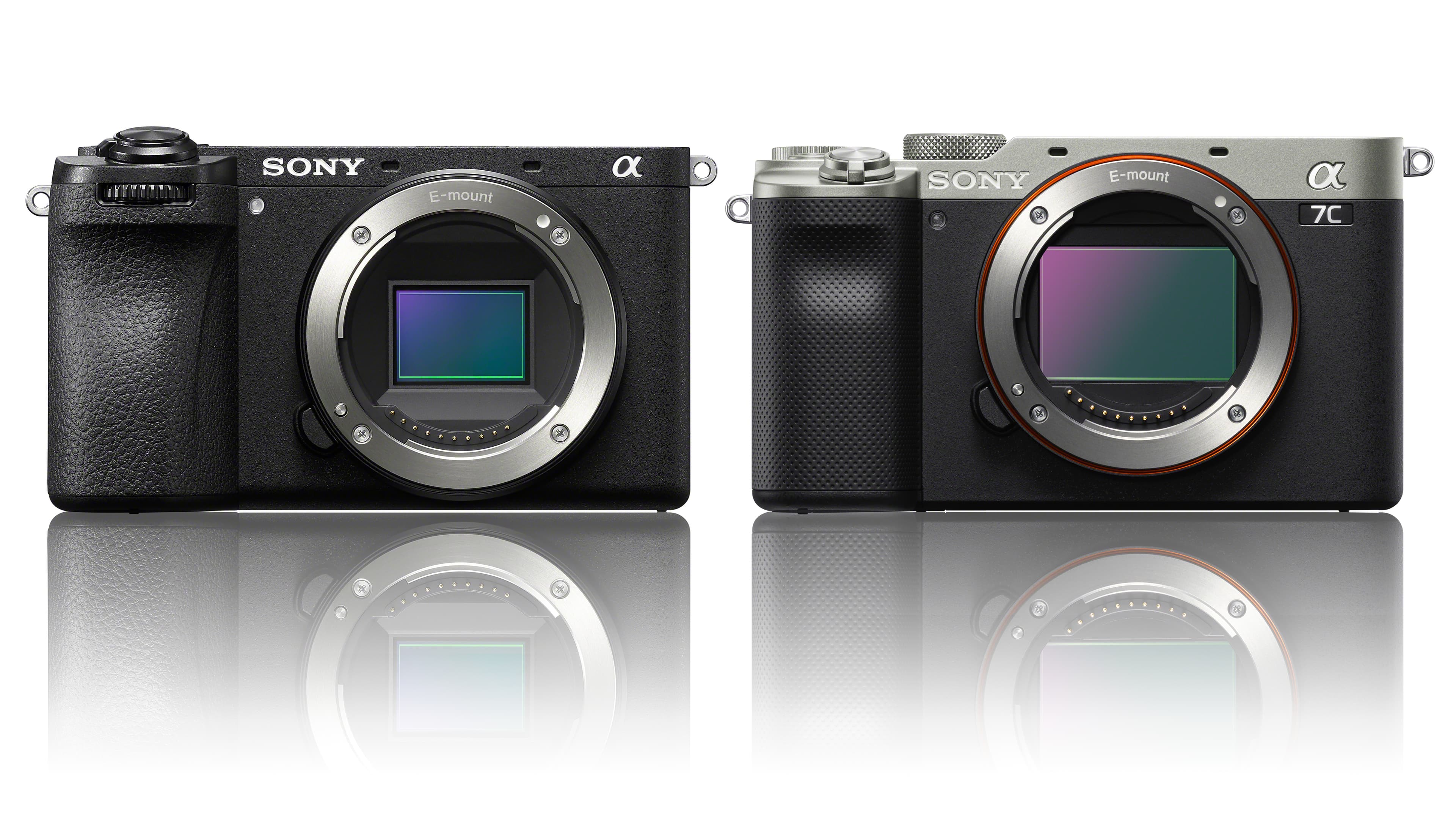
Most photographers will tell you that the larger the sensor is, the better – and that’s mostly true. A larger sensor will produce less grain and gather more light than a smaller one, among other benefits. But, an APS-C can have some advantages over full frame.
The first is the crop factor. Because APS-C cameras crop the edges off a full frame, the lenses appear to me more “zoomed in” than on a full frame camera. An APS-C camera has a 1.5x crop factor. Many full frame camera lenses will still work on an APS-C camera (provided you purchase the correct mount), but that lens will have a 1.5x cropped view on it when compared to putting that same lens on a full frame camera.
What does that mean? It means that a 50mm lens becomes a 75mm lens on an APS-C camera, which means the photo appears to be taken at a closer distance because those image edges are cropped off. If you are taking pictures of a far away subject, as is often the case with wildlife or sports, that crop factor can actually be an advantage because your lens appears to reach a bit farther.
However, don’t buy a crop sensor camera just for that added reach. Why? Because if you really want that reach, you can use a full frame camera in crop mode, or crop the images later in Lightroom or Photoshop. You lose some resolution, but by turning the crop mode on a full frame camera on and off you can effectively have the benefits of both full frame and crop sensor from one camera.
The other big advantage of an APS-C camera is the cost. Crop sensor cameras tend to cost less than full frame cameras. That’s not always the case, as with entry-level options like the Panasonic Lumix S9 compared to the advanced Fujifilm X-H2, but for the most part crop sensor cameras cost less.
Another perk? Often APS-C cameras can be more compact than full-frame cameras. Some APS-C cameras with large grips can feel more like full-frame cameras, however.
Why is full frame better than APS-C?
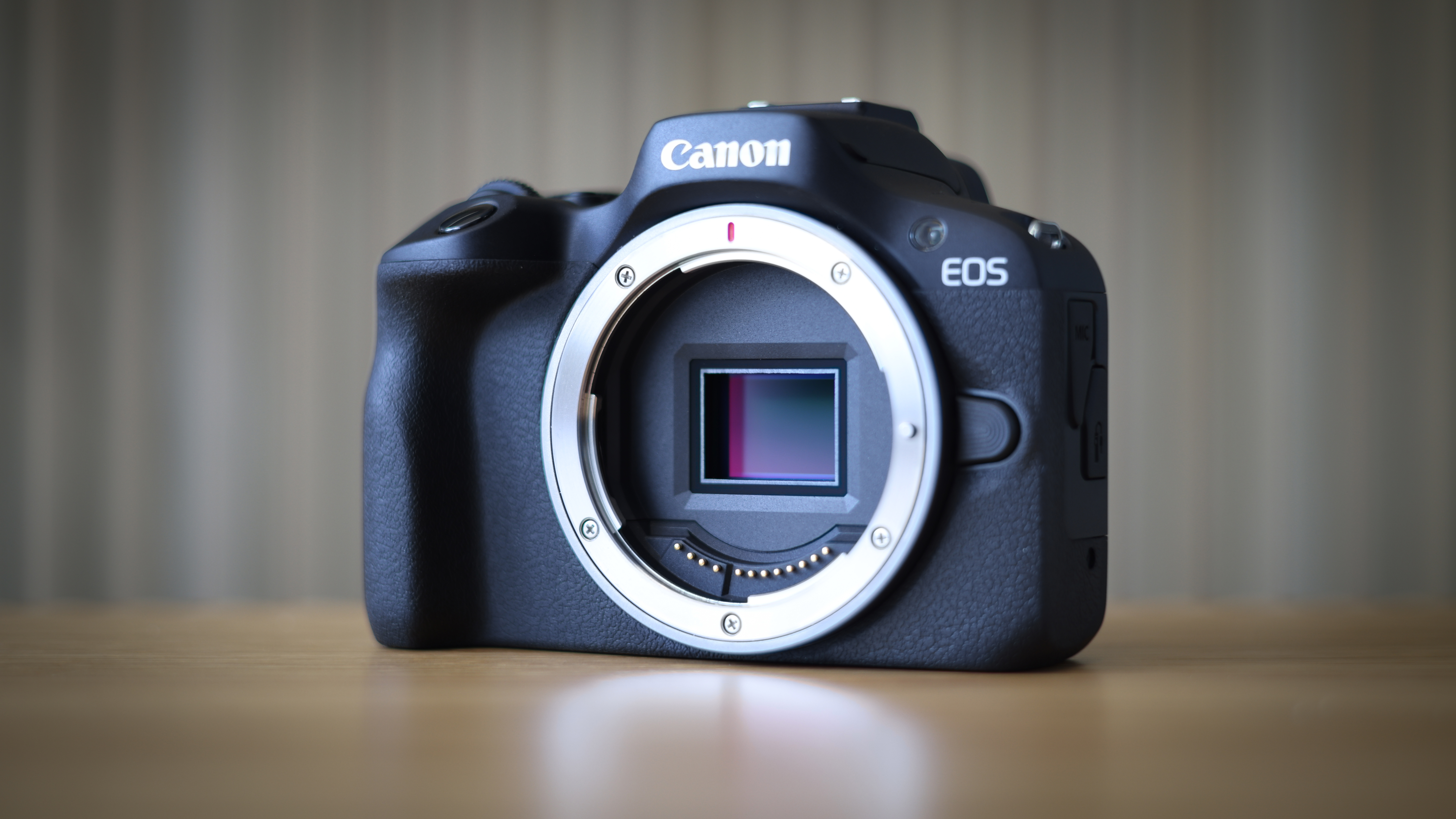
While APS-C are more affordable and give lenses more reach, the full frame sensor is considered the professional standard. A larger sensor lets in more light, so full frame cameras have an advantage in dark scenarios.
Full frame cameras will also produce more background blur or bokeh. And if you want to take an ultra-wide shot of a landscape, the crop factor on APS-C cameras becomes a disadvantage, cropping off the widest edges, rather than an advantage like with telephoto lenses.
Are APS-C cameras worth it?
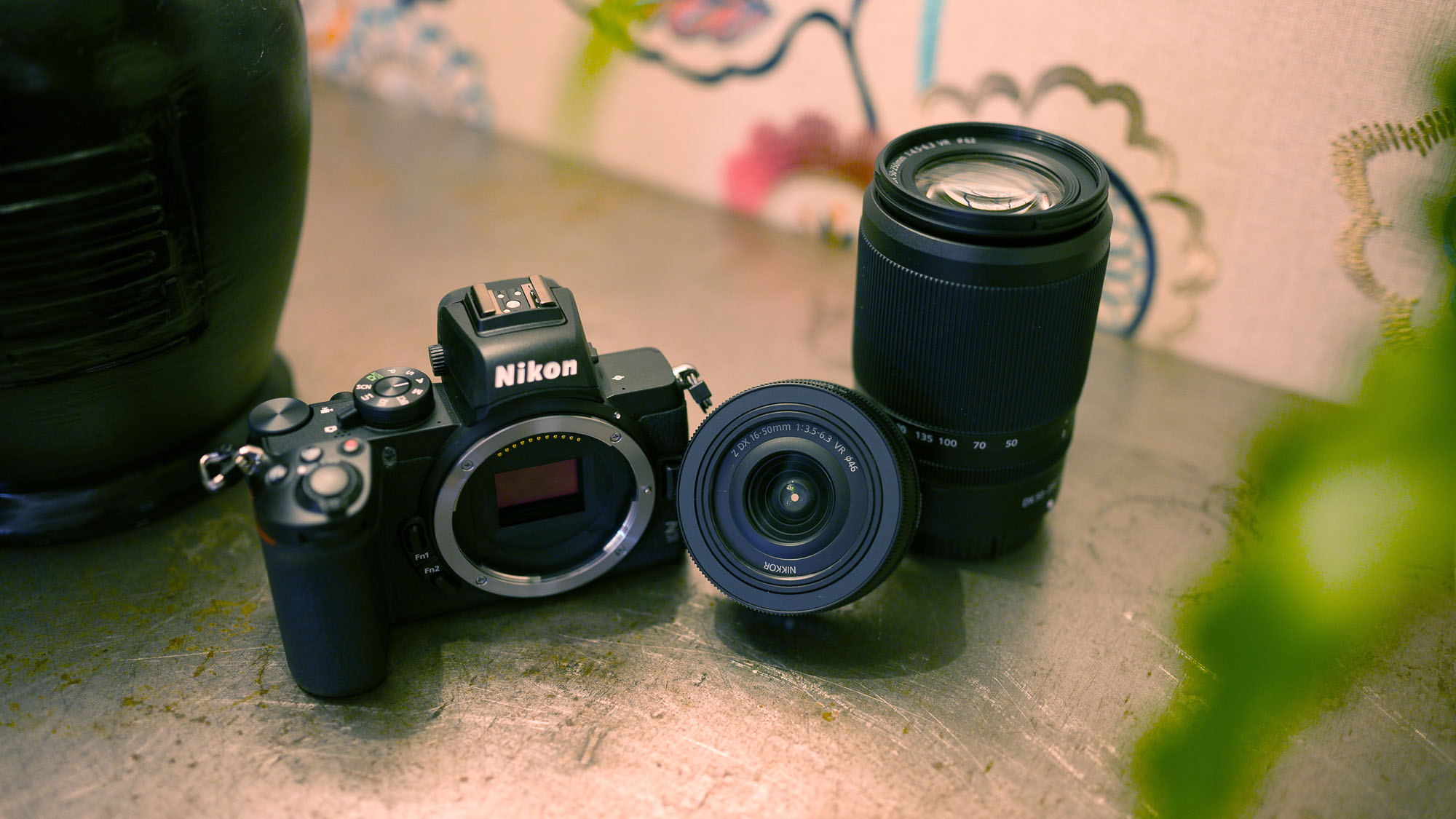
While full-frame cameras have more light-gathering abilities, the APS-C camera is the sweet spot for many photographers to get a camera at a reasonable price that still takes excellent images. If you want the best possible image quality and have a large budget, you’ll probably lean towards full frame. But if you want the best balance between features and price, you’ll want to consider an APS-C camera.
Many of the best mirrorless cameras are APS-C – and even some popular compact cameras like the Fujifilm X100VI. APS-C cameras have more light gathering power than Micro Four Thirds, but tend to cost less than full frame cameras.
While the full frame camera category has more professional cameras, don’t believe the myth that professional photographers have to use full frame cameras. I’m a professional wedding and portrait photographer and I shoot with Fujifilm APS-C cameras. I chose Fujifilm for the colors, and the APS-C sensor is still plenty big enough, especially since I traded my full-frame f/2.8 lens for an f/1.0 and f/1.2 primes so I could compensate for the smaller sensor.
You may also like
For more, read our guide to camera sensor sizes or browse the best cameras for beginners.
Get the Digital Camera World Newsletter
The best camera deals, reviews, product advice, and unmissable photography news, direct to your inbox!

With more than a decade of experience reviewing and writing about cameras and technology, Hillary K. Grigonis leads the US coverage for Digital Camera World. Her work has appeared in Business Insider, Digital Trends, Pocket-lint, Rangefinder, The Phoblographer and more.
You must confirm your public display name before commenting
Please logout and then login again, you will then be prompted to enter your display name.
